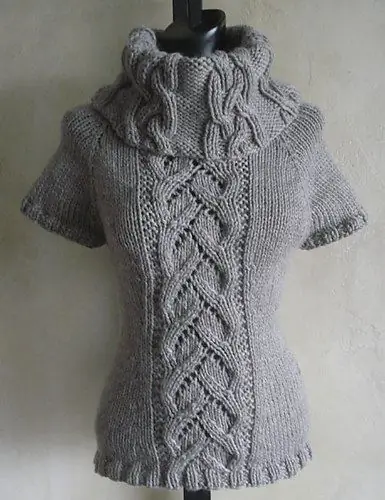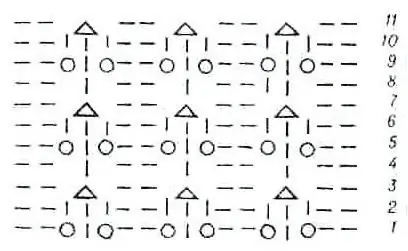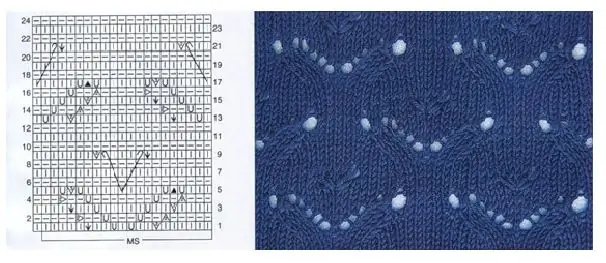Knitting is very popular. To master it, especially for "beginners", there are master classes that teach people to knit, including knitting patterns. For those who already have knitting skills, it is quite easy to learn how to knit according to the patterns on their own.

It is necessary
Any yarn, knitting needles appropriate to the thickness of the yarn, scissors, knitting pattern
Instructions
Step 1
Look carefully at the diagram and remember the designations that are found there. Almost always they are printed together with the diagram in the form of a footnote, so that at any time you can see if you forget something.
In most magazines and books, the designations for loops and tricks are the same. But, nevertheless, each time it is worth clarifying the meaning of all the icons.
Step 2
A diagram is like a book, so learn to read it correctly. But the rules for reading diagrams are exactly the opposite of the rules for reading a regular book. Namely, they read the diagrams from right to left and from bottom to top. If each row is indicated in the diagram, then odd ones are read from right to left, and even (purl) - from left to right.

Step 3
Now look at the numbering of the rows in the diagram. Usually, only the front rows are indicated in the diagram. And the purl rows are knitted according to the pattern exactly the opposite. It is possible, when knitting the purl row, simply duplicate all the loops of the lower one: if the loop falls on the front loop, knit the front loop, on the purl loop, knit the purl loop. Usually, a note specifies how to knit purl rows. Sometimes, it depends on the pattern, each row is important. Then it will be necessarily indicated in the diagram.
Step 4
Next, figure out what rapport is. The scheme is not given to you for all the loops of the row, but only for one complete fragment of the pattern. This complete fragment is called the rapport. It can also be called a pattern module. It will be duplicated by you in width and length of knitting. The note to the diagram always indicates the number of loops in the rapport. You will need to calculate how many full rapports will fit on your canvas.

Step 5
Knitting patterns are very simple, for example "elastic", when the front and back ones simply alternate. There are more complicated ones - a simple lace or braids. For a start, do not take too complex schemes. Start simple.






